Banting

Banting is a device designed to save the lives of diabetics in the developing world. Many rural pharmacies independently choose which kinds of insulin to supply, meaning the kind of insulin available to the user can change without warning. Currently, diabetics who need to change insulin types must undergo costly retraining to calculate their new dosage. Banting allows for any kind of insulin available to be used in the modular system and can calculate the patient’s dosage with whichever kind of insulin is available.

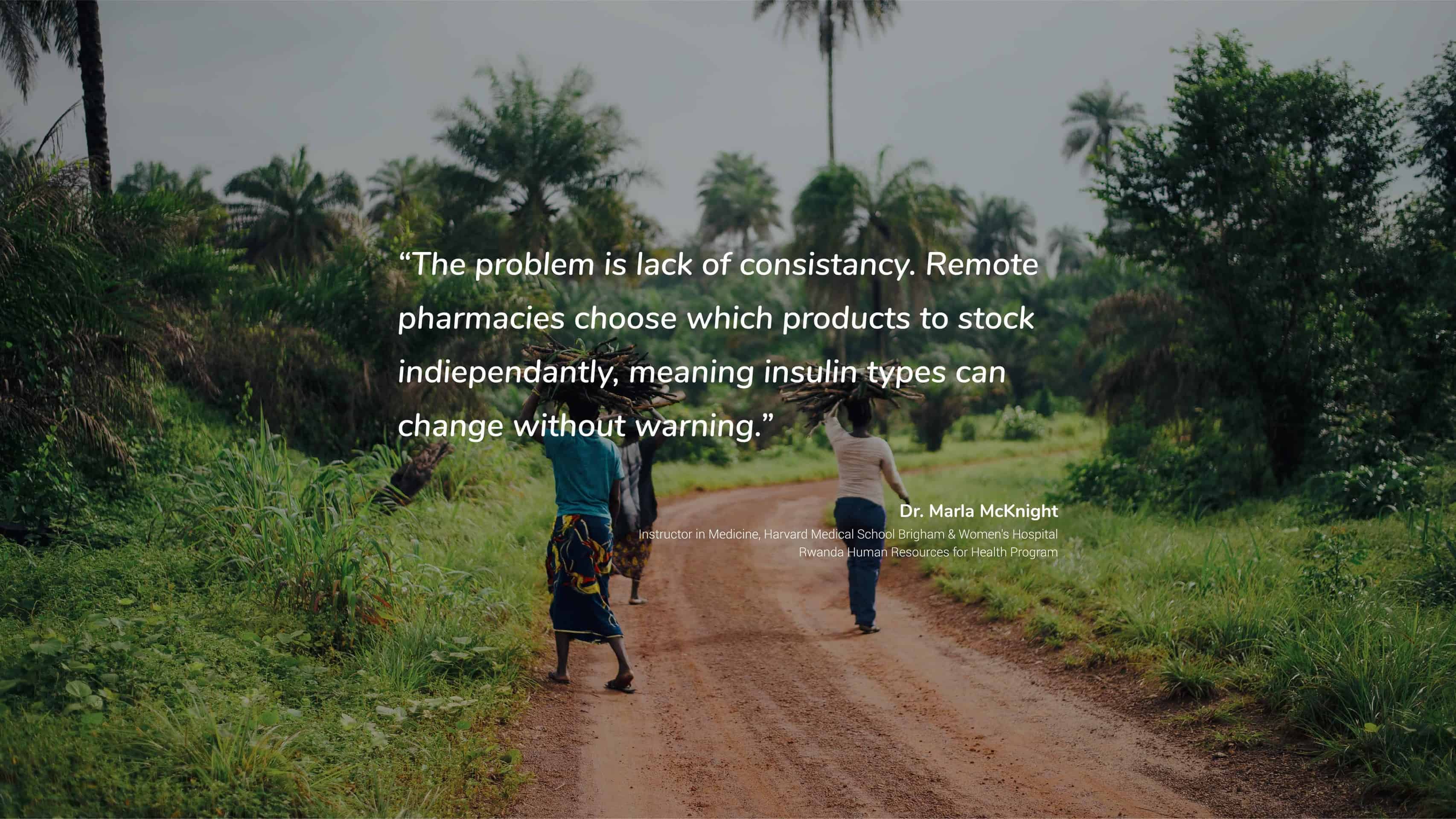
Today, design and philanthropy are largely disparate. Non-profits must usually resort to donating products designed in the first world context to be used in completely different use cases in the developing world. These use cases sometimes render the donated products useless, a perfect example of this is with regards to diabetic equipment. All diabetic supplies is designed in the first world context making them costly and more importantly, proprietary. In the developing world governments and NGOs donate insulin to diabetics without any consistency. Without a regular supply of the same types of insulins, the donated medication is useless as insulin types vary dramatically. Banting is a conceptual project aiming to illustrate the aforementioned problem and inspire industrial designers to get more involved in philanthropy. In the age of crowd sourcing we are now living in the first time in history where industrial design based non-profits are actually viable. Imagine the possibilities if we start designing products with the sole intention of bettering society and saving lives.
NAME
Dr. Fredrick Banting and his colleagues Dr. Best and Dr. Collip were the first people to discover that insulin deficiency was the root cause of diabetes. The three doctors selflessly gave their patents for the first synthetic insulin to the University of Toronto so that it would not fall into the hands of large pharmaceutical companies who could then overcharge and delay production of the lifesaving drug. Nearly 100 years after their discovery, insulin is still out of reach of many in the developing world due largely to the greed of the same large pharmaceutical companies which Banting, Best and Collip fought to deter. Similarly, the goal of this project is to re-democratize lifesaving diabetes technology by undercutting Big Pharma and the proprietary restrictions they have set in place.
CMF
People with chronic diseases don’t want to be reminded that they are sick. The CMF treatment of Banting was meant to look clean and discrete without looking overly medical.
CONSTRUCTION
Banting utilizes an LED array with light guides on a single PCB to cheaply and efficiently display crucial information. A metallic screen print on the flat inner wall creates crisp lines for the LED. This also allows for the lettering to easily be changed to accommodate different languages and units depending on the region the device is going to, without having to change tooling.
SANITATION
Sanitation is a top priority when considering a medical device, especially for the developing world. The three insulin pens twist to expose the needle through the permeable membrane at the tip of the insulin pen. This innovative design feature prevents contamination of the needle and helps to keep it sanitary.
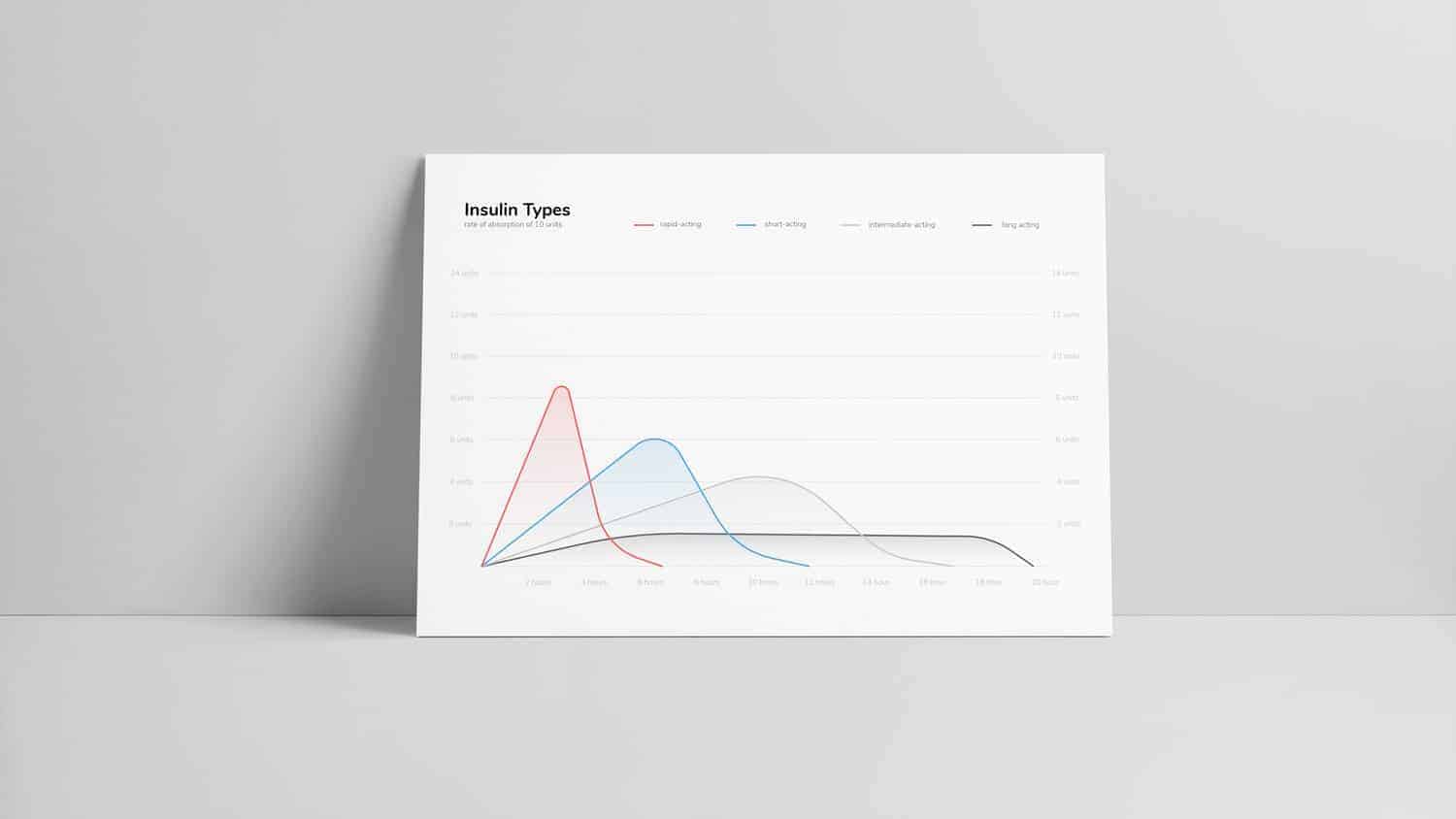
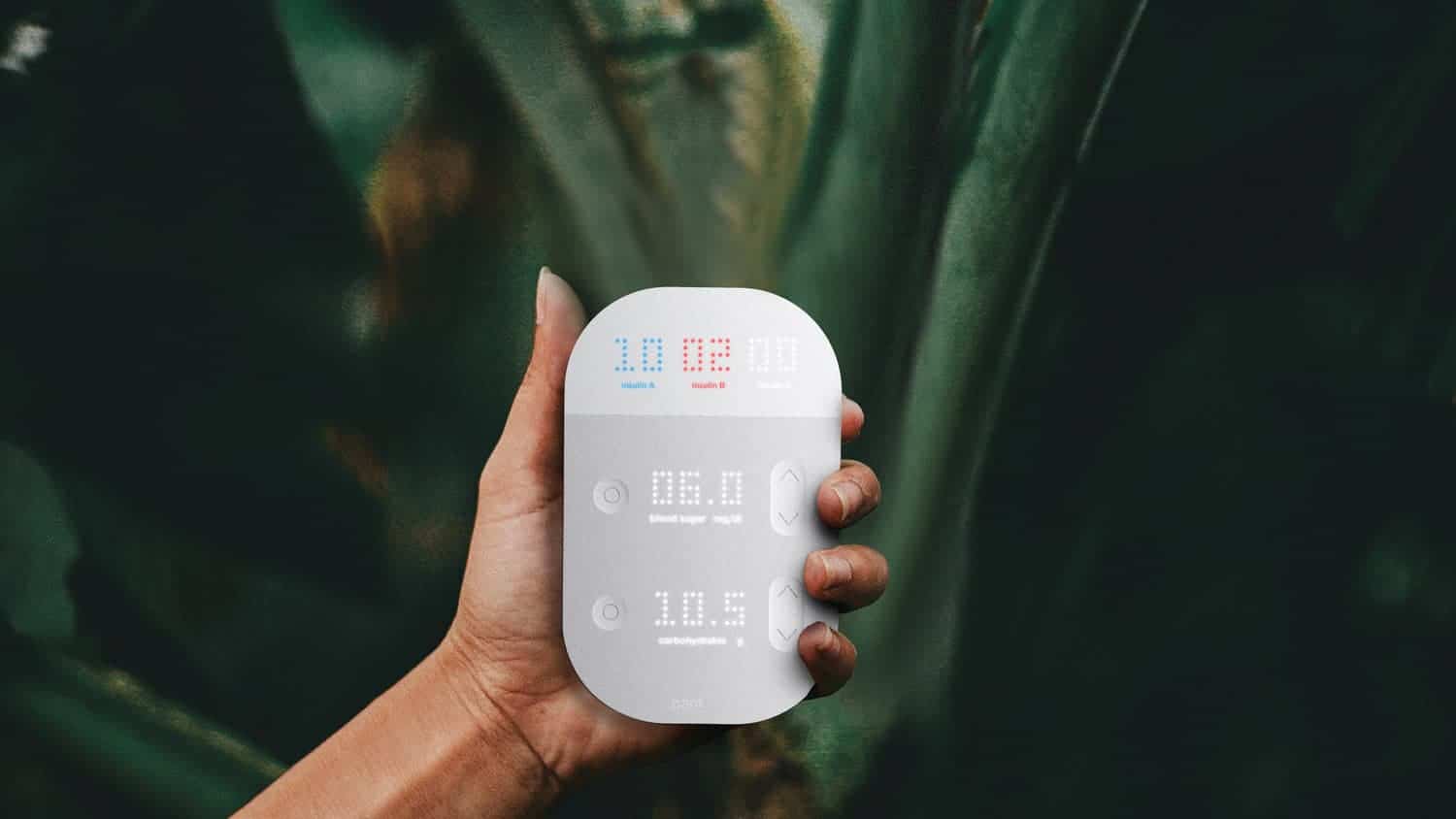
The Banting project was shaped by a sizeable two-month research phase. Academic research, competitive product analysis, expert interviews and use scenarios helped to shape my understanding of the problem and the resulting design brief.
Once a final use-cycle had been established, sketches and CAD were used in conjunction to create rapid form iterations. Simple CAD forms were generated in Solidworks and sketched on top of, using Sketchbook Pro in order to refine the crude CAD. The UX of the device was then further refined.
Model making was also crucial to the success of the Banting project. Quick iterative models were generated throughout the project in order to obtain a general understanding of overall proportions and dimensions. A final aesthetic model was then generated.
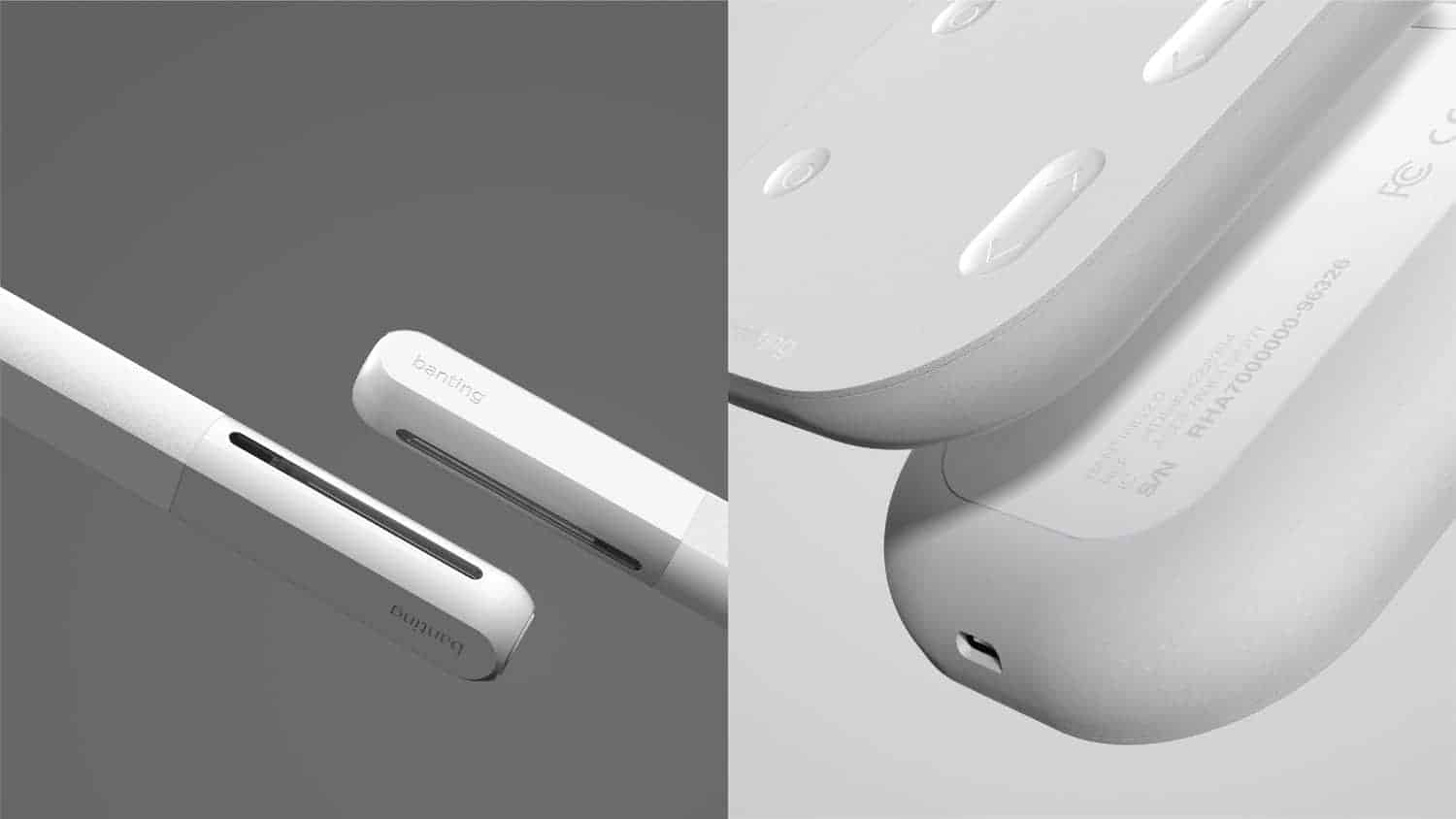
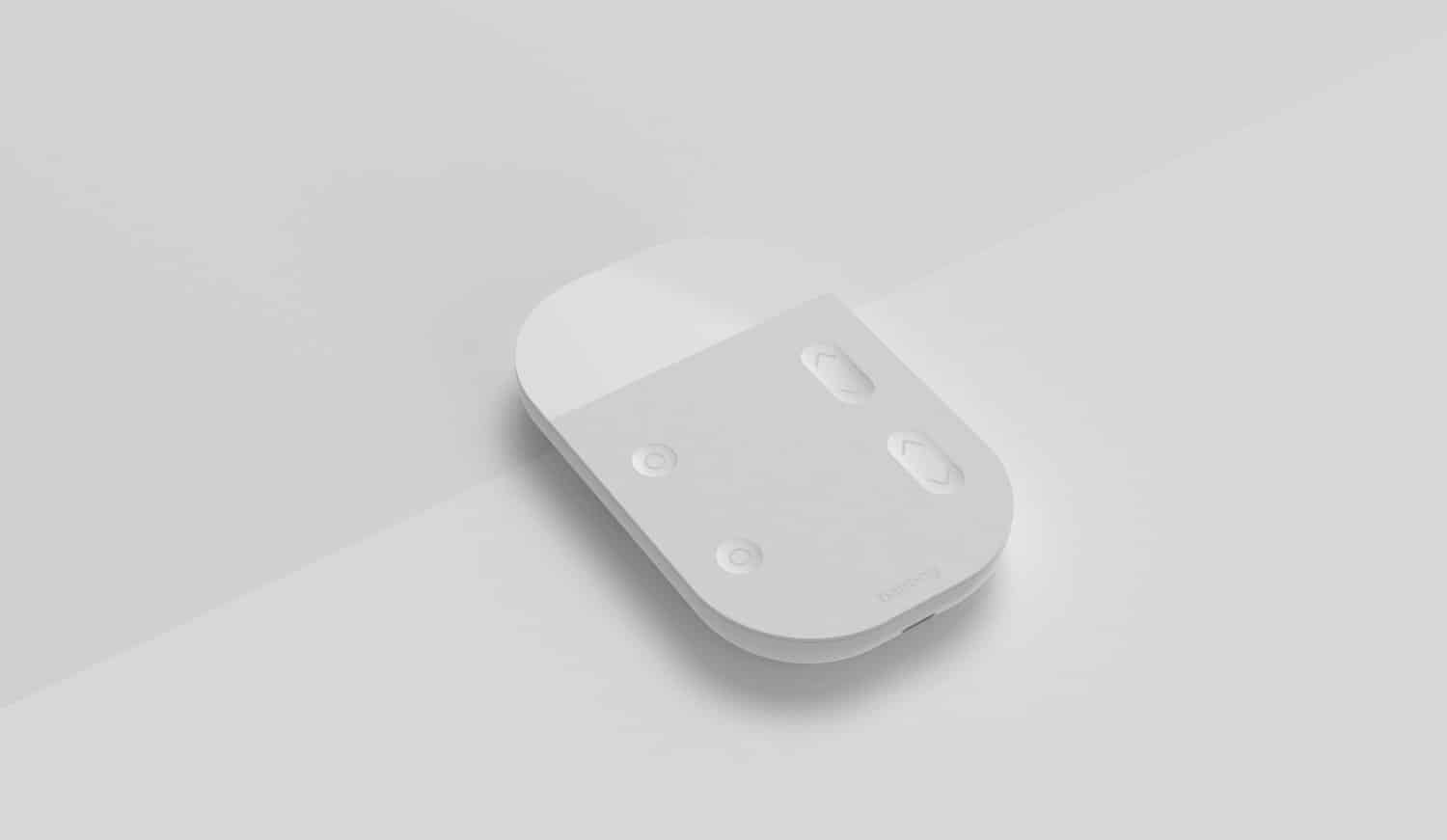
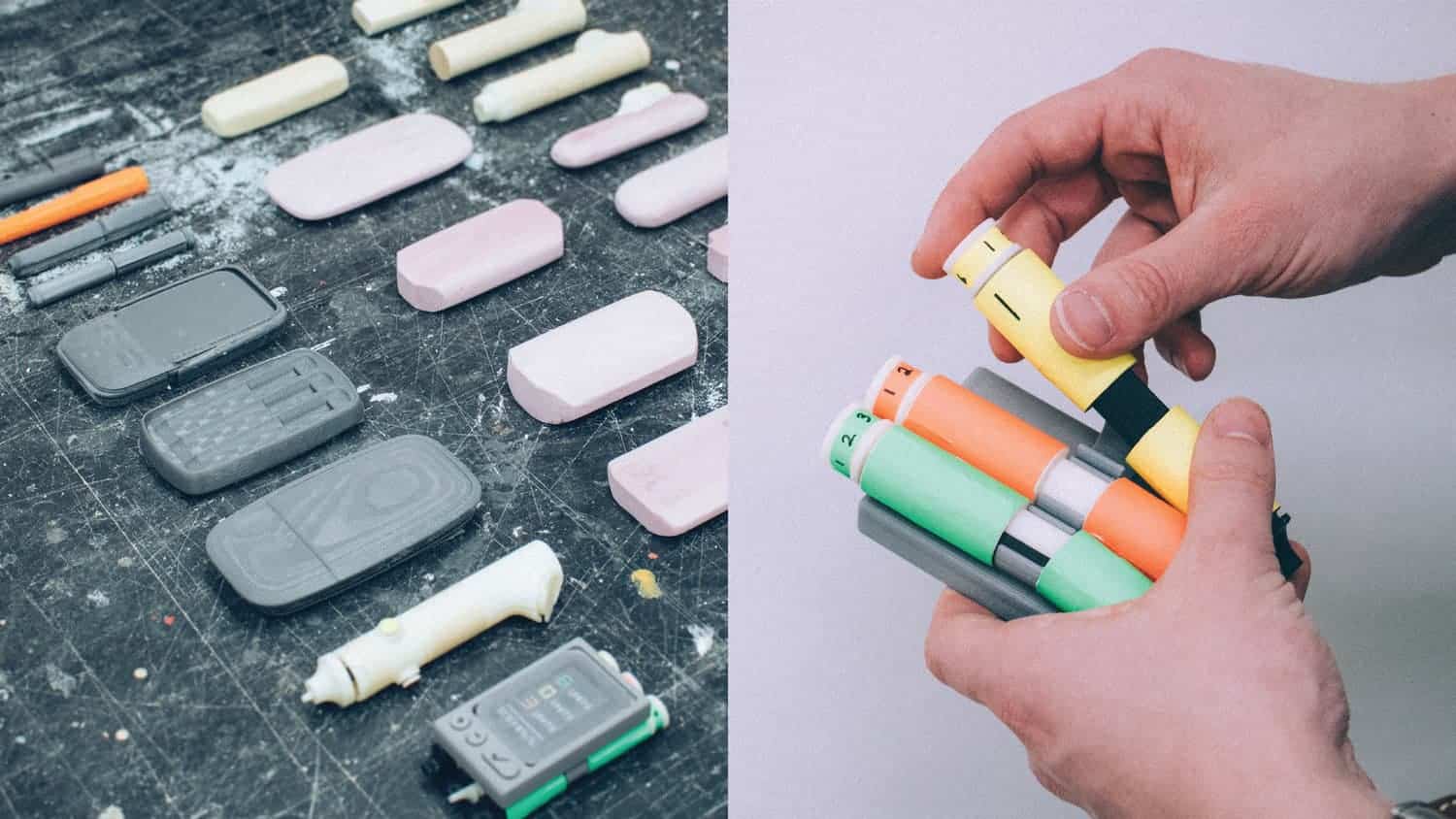
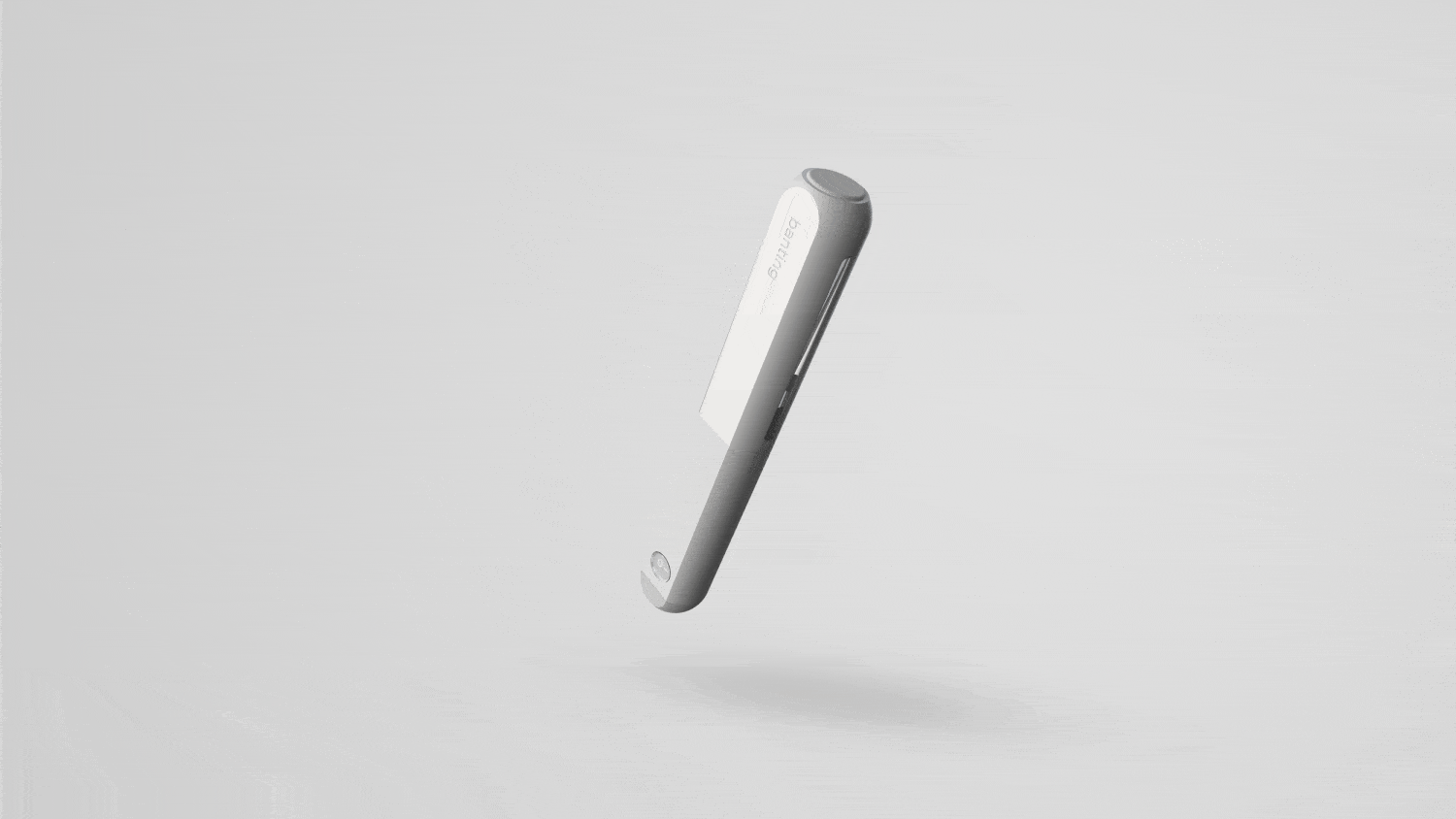
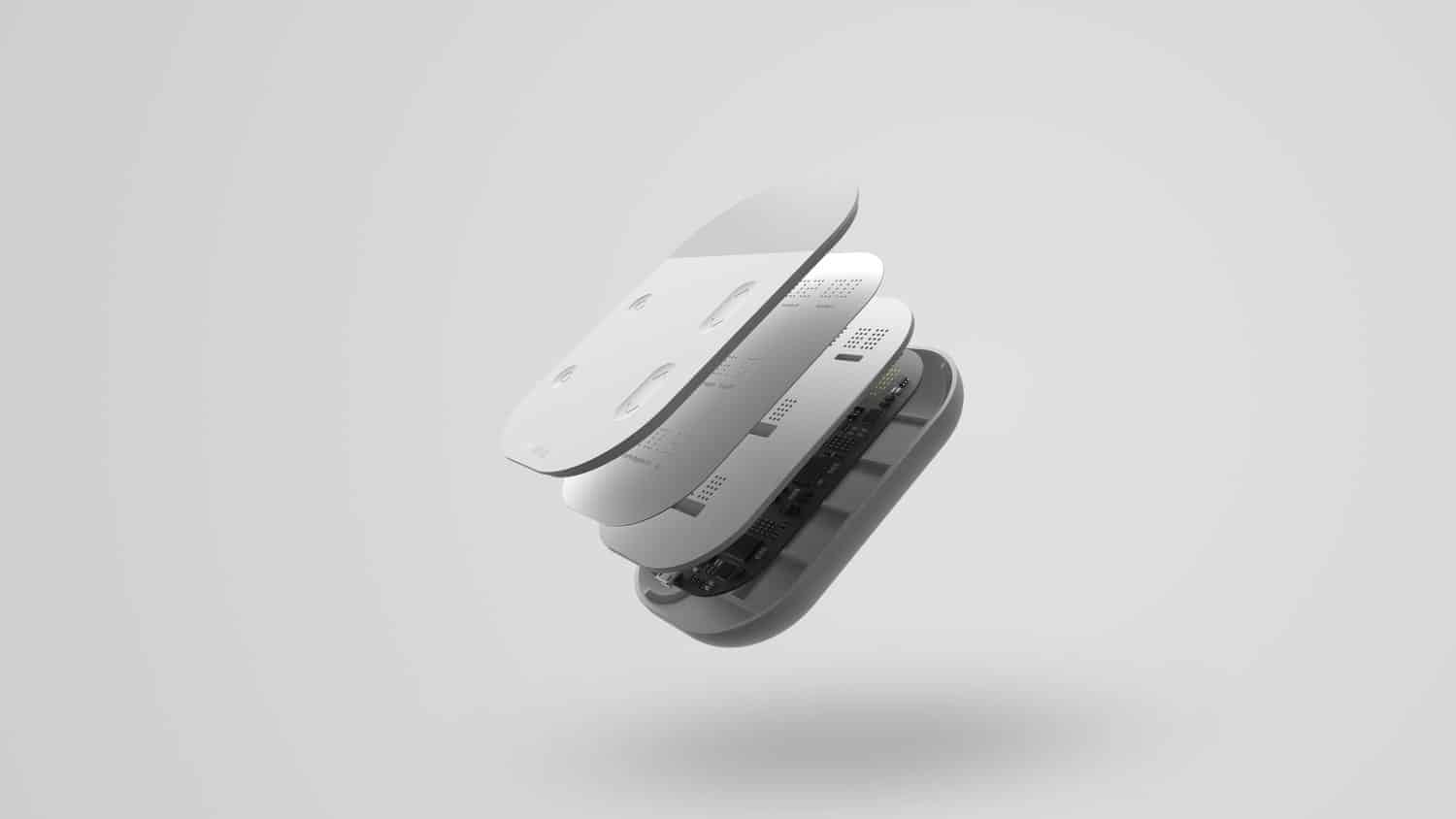
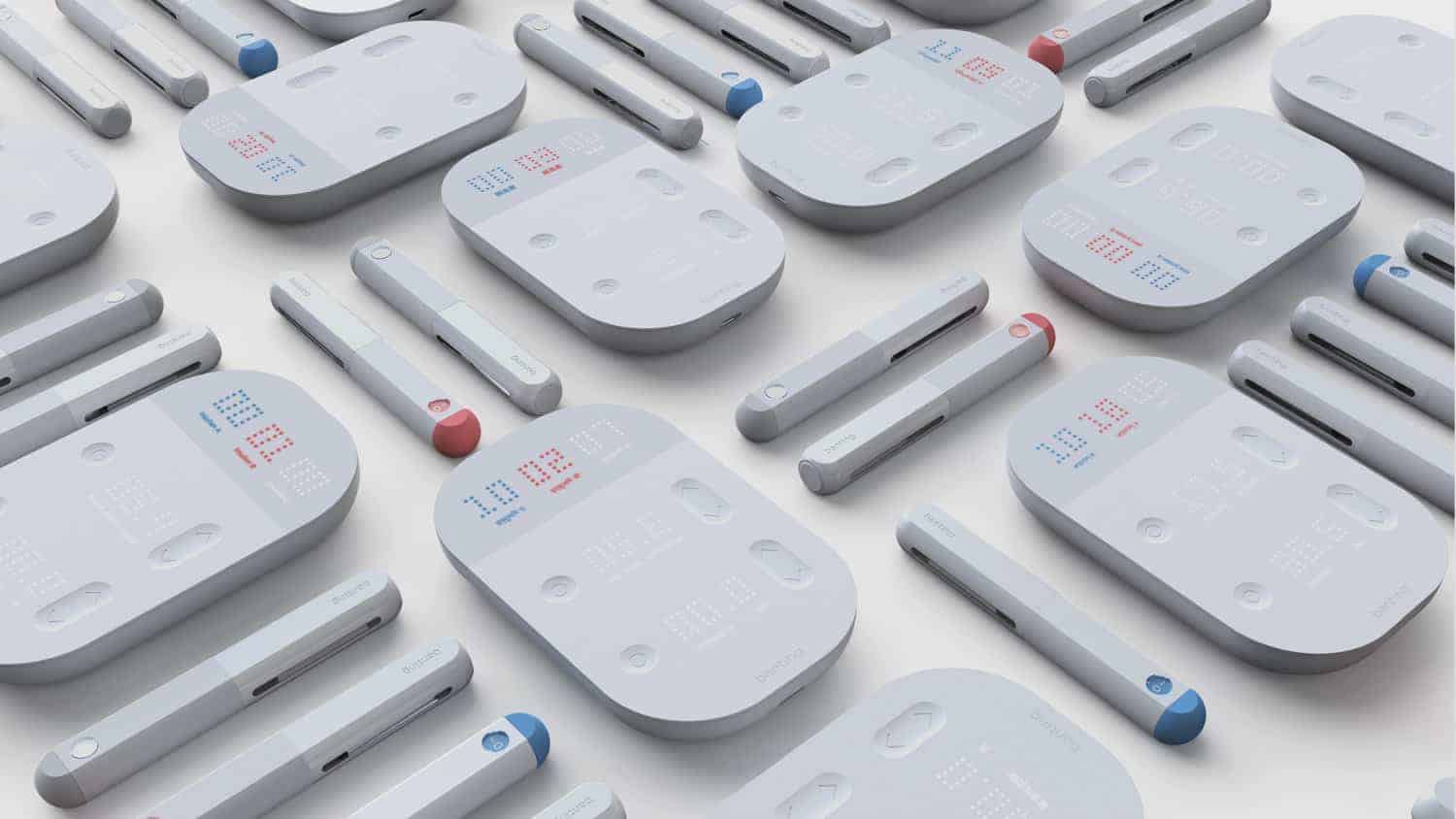
Today, design and philanthropy are largely disparate. Non-profits must usually resort to donating products designed in the first world context to be used in completely different use cases in the developing world. These use cases sometimes render the donated products useless, a perfect example of this is with regards to diabetic equipment. All diabetic supplies is designed in the first world context making them costly and more importantly, proprietary. In the developing world governments and NGOs donate insulin to diabetics without any consistency. Without a regular supply of the same types of insulins, the donated medication is useless as insulin types vary dramatically. Banting is a conceptual project aiming to illustrate the aforementioned problem and inspire industrial designers to get more involved in philanthropy. In the age of crowd sourcing we are now living in the first time in history where industrial design based non-profits are actually viable. Imagine the possibilities if we start designing products with the sole intention of bettering society and saving lives.
This is great, love the concept of this product!